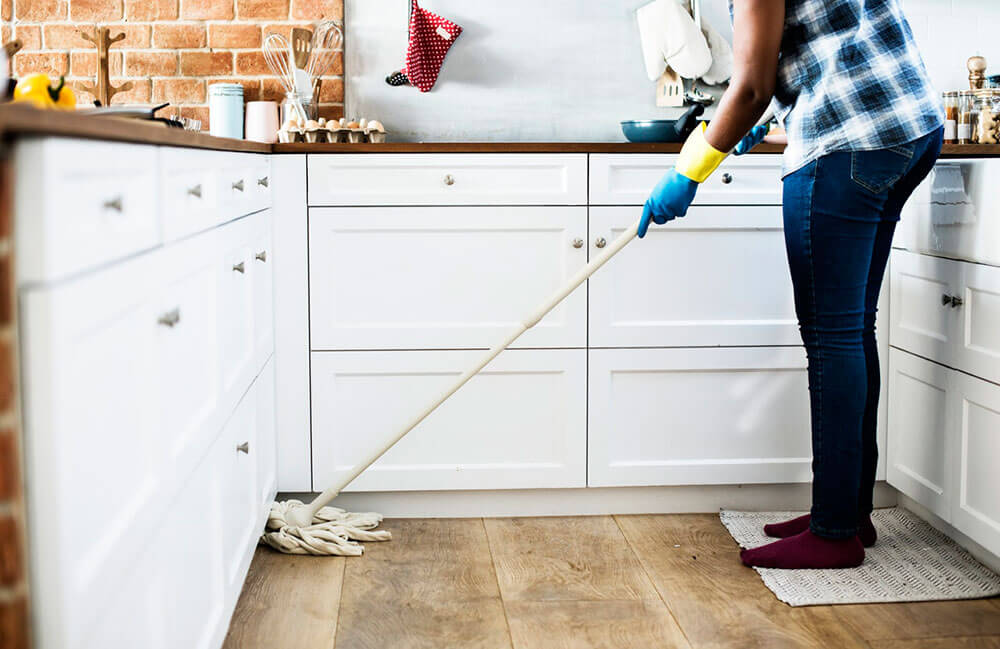While the rest of the world alternates between freezing and flames, it seems like the only weather that Nashville and the Greater Middle Tennessee area has seen during the last couple of months is rain – and enough rain to cause many home and business owners to look for new flooring. Flooding is one of the worst things that can happen to any flooring material, which makes proper waterproofing vitally important. Bearing this in mind, here are some tips for waterproofing your floors.
What to Know About Waterproofing Your Floors
Why Should You Waterproof Your Floors?
It might not seem that important, especially if you’re not in a position to be directly harmed by flooding (i.e. if you live on the second level). But large amounts of water can come from anywhere. A burst water pipe is just as dangerous and damaging to your floors as a flood from a storm.
Most flooring materials come with a degree of waterproofing already. For example, most traditional hardwood flooring isn’t going to be seriously harmed by some water spillage, provided it is cleaned up right away. But if the water is absorbed by the wood, you will most likely have to deal with warped, cracked, and buckled floors. All of these problems can be easily fixed, but they are expensive and time consuming. It’s best to get ahead of any water damage by making sure that all of your floors are effectively waterproofed.
How Do You Waterproof Your Flooring?
The actual waterproofing process can be applied to most common flooring materials, including concrete, ceramic tiling, traditional hardwood, and laminate flooring. Here’s how the process works. First, the primer will need to be placed on the foundation to prevent water from seeping into the structure of the building. After the flooring has been cleaned (and sanded, in the case of hardwood), then it’s time for a second coat of primer. This will need to dry for several hours before you move on. After the surface is dry, the next step is to fill in any cracks with something like epoxy to make sure there are no small spaces for water to invade. Several coats of the actual waterproofing membrane will need to be applied before your floor is properly waterproofed.
What About Residential and Commercial Carpeting?
For obvious reasons, this process cannot be used on residential carpeting, which is notoriously difficult to waterproof due to the way the fibers absorb water and moisture. Nevertheless, flooring manufacturers have begun utilizing technology to create carpet that is more water-resistant, if not outright waterproof. Again, it won’t save the floor if flooding occurs and if moisture is allowed to sit, but it will handle the normal, everyday kinds of spills with ease.
When you live in a place that receives this much rain, it only makes sense to do everything in your power to minimize the damage. One way to do this is by taking advantage of Ozburn-Hessey’s years of service and expertise. We’d be glad to help put your mind at ease when the rain starts falling.




